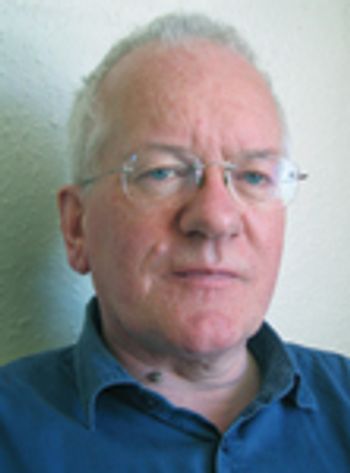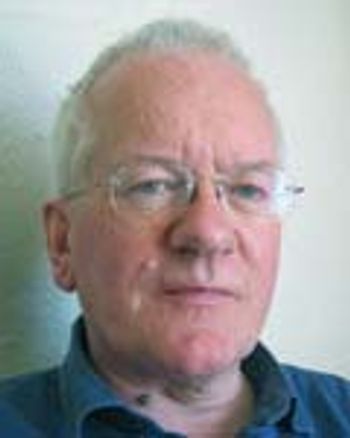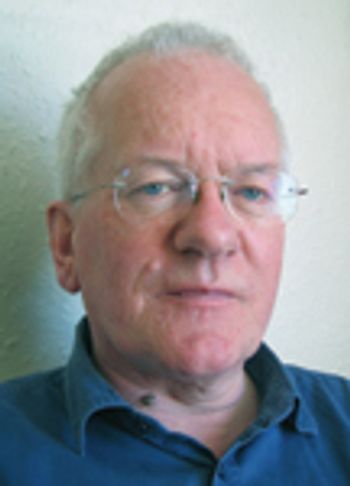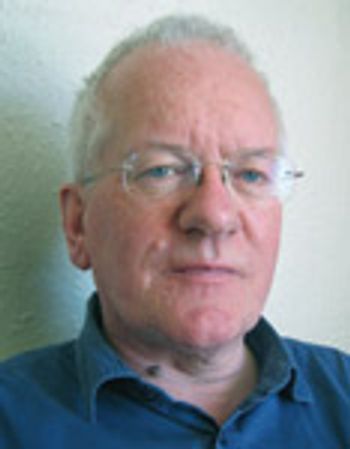
Pseudoephedrine is an oral treatment that can be used alone or in combination with other medicines to treat nasal congestion resulting from a cold, flu, or allergy.

Janssen Submits Marketing Authorization Application to EMA For Approval of Erdafitinib

Pseudoephedrine is an oral treatment that can be used alone or in combination with other medicines to treat nasal congestion resulting from a cold, flu, or allergy.

Swissmedic grants conditional marketing authorization for Novavax COVID-19 vaccine for individuals aged 18 years or older in Switzerland.

AstraZeneca’s antibody combination has been authorized for use in Great Britain to prevent COVID-19 in high-risk populations and people for whom vaccination may not be effective.

FDA and EMA are looking to tap real-world data and real-world evidence more broadly to accelerate the research and market approval process.

The European Medicines Agency’s (EMA) Committee for Medicinal Products for Human Use (CHMP) has recommended 13 new medicines for approval, including three orphan drug candidates.

How involved should HTA bodies be in assessing cost effectiveness and reimbursements?

More efforts are needed to raise awareness of biosimilars among physicians and patients in Europe and address scepticisms about the quality and safety of biosimilars.

Finalizing GMP requirements and quality standards for the development, manufacture, and clinical testing of ATMPs in the EU is proving to be a complex task.

The European Union has a challenging task ahead as it strives to harmonize regulations on advanced therapy medicinal products.

EMA is under pressure to exert even tighter standards on biosimilars being marketed in Europe.

The European Commission’s new structure has sparked controversy about its allocation of responsibilities and the impact on the development and approval of new medicines.

As the pharmacovigilance infrastructure becomes more entrenched in Europe, drug manufacturers are beginning to feel the burden of its high cost.

The rising incidence of medicine defects and shortages stemming from sub-standard manufacturing is forcing Europe to give higher prominence to more effective inspections procedures.

As Europe strives to firmly incorporate quality-by-design principles, there are several key issues that still need to be addressed.

Manufacturers are taking measures to comply with new package safety rules.

High technology assessments are having an impact on biosimilars development in Europe.

With SMEs gaining wider recognition as the powerhouse of research and innovation in Europe, regulatory agencies are urging companies to engage with regulators early in the drug-development process.

The European Union is strengthening its pioneering role in the regulation of biosimilars by further developing the basic rules for determining the levels of compatibility for this group of drugs. There are, however, some key issues that are not easy to resolve, as evident in a recent workshop on biosimilars organized by the European Medicines Agency (EMA).

Regulators hope new standards will stop illegal drug imports, but manufacturers fear they may stifle innovation.

The aim of the European Falsified Medicines Directive is to improve the quality of imported APIs, but does the pain now outweigh the gain?

Nanomedicines have been authorized by European licensing agencies for more than 30 years but are still posing regulatory difficulties.

European governments are under pressure to take regulatory action, but solving the problem of medicine shortages is not as straightforward as it seems.

A science- and risk-based approach to verify and demonstrate that a process operating within predefined specified parameters consistently produces material that meets all its critical quality attributes.

While there are those who want combination products to be controlled by a centralized pharmaceutical-type approval system, the majority of the medical technology industry wants to retain a decentralized device-focused approach.

EU authorities are stepping up their efforts to incorporate QbD principles.